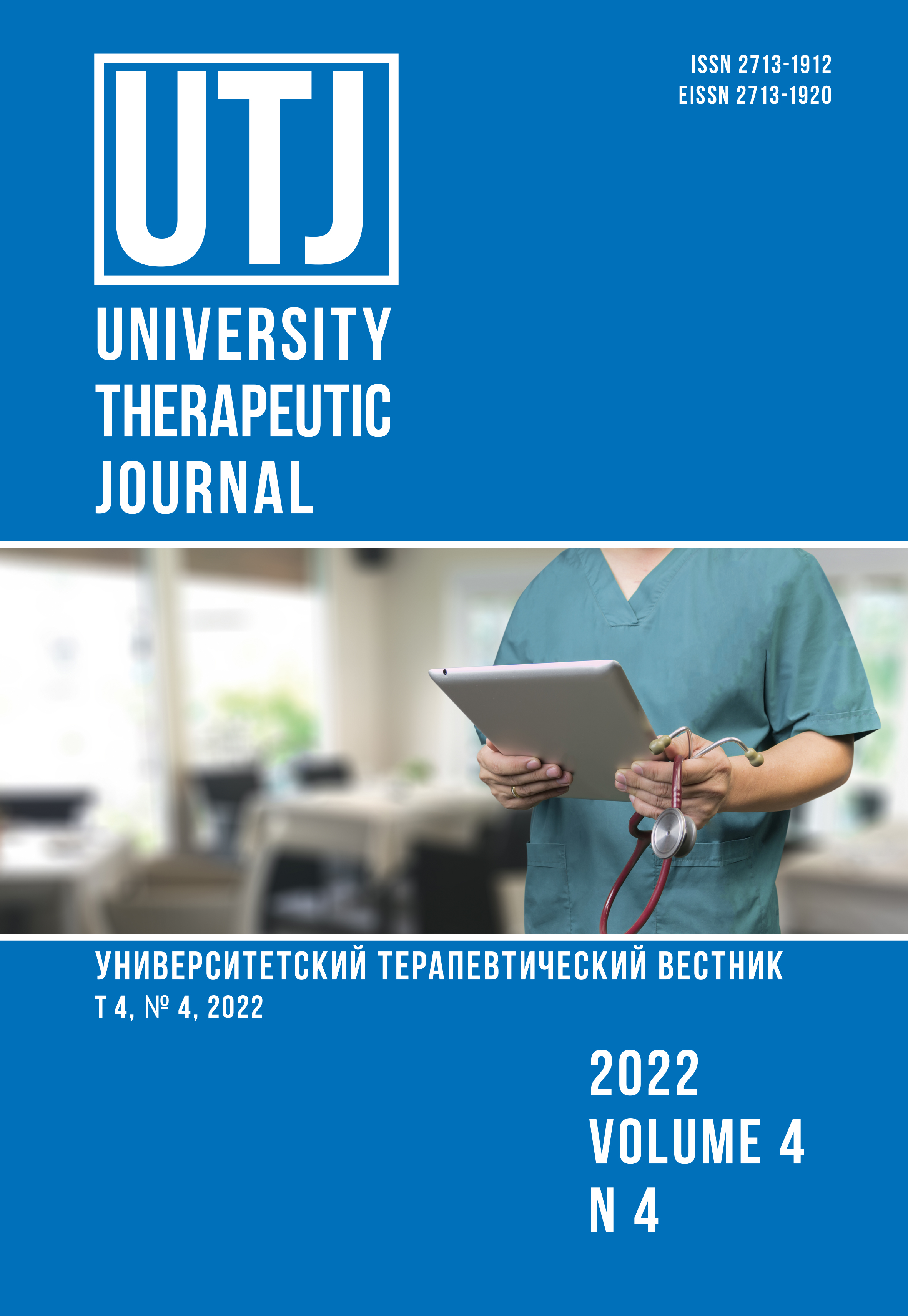GASTROINTESTINAL MANIFESTATIONS OF NOVEL CORONAVIRUS INFECTION. REVIEW AND META-ANALYSIS
Abstract
Novel coronavirus infection causing a severe acute respiratory syndrome originated in Wuhan, Hubei province, at the beginning of December 2019. Clinical cases of novel coronavirus infection associated with gastro - intestinal symptoms (like loss of appetite, nausea, vomiting, diarrhea, loss of taste and abdominal pains), but without any symptoms of a respiratory disorder were registered in many countries. However, the fecal test showed RNA of coronavirus. The findings of different investigations show prevalence of abdominal pains being registered in 10-29 % cases, nausea and vomiting in 10-29 %, and diarrhea from 30 to 50 % cases. The symptoms can be due to direct action of the virus to the intestinal epithelial lining, pancreas tissue resulting in enzymatic insufficiency and development of dysbiosis. Some investigations note multiple cases of revealing RNA of coronavirus in fecal test of patients with prolonged gastrointestinal manifestations, at the same time the PCR swab tests from the nasopharynx, which were taken several times, showed negative results to coronavirus in these patients, i.e. coronavirus can be transmitted not only by air, but also by the fecal oral way. The analysis of gastro - intestinal symptoms (their prevalence and clinical peculiarities) followed by respiratory manifestations of COVID-19, or in a case of absence of respiratory symptoms, turn to be diagnostically and epidemiologically significant for early detection and treatment of novel coronavirus infection. Meta - analysis of gastrointestinal manifestations of novel coronavirus infection is presented in this article. The results may help the practitioners to diagnose and differentiate the novel coronavirus infection in due time.


